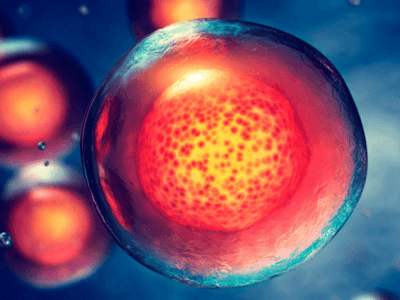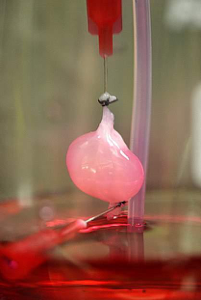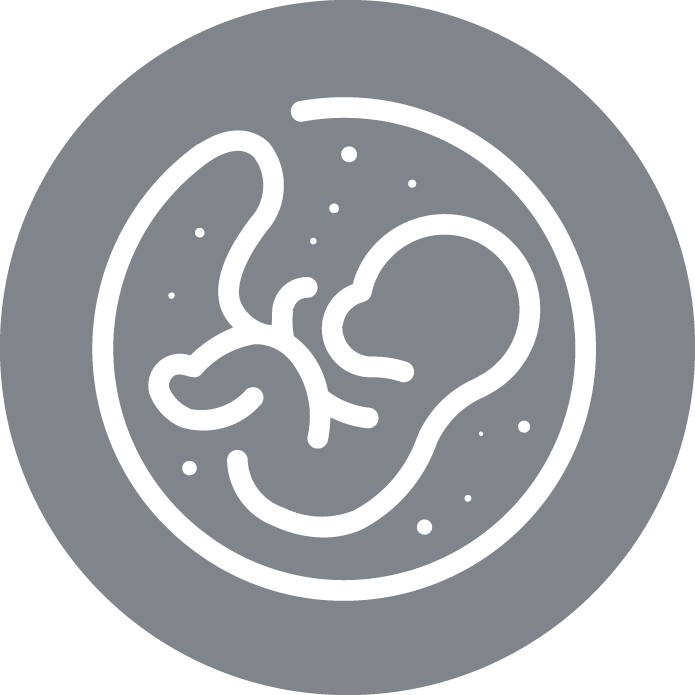Stem Cells in Regenerative Medicine
Over the past few years, Medicine and Biology have undergone great advances in technology and knowledge. One of the fields that has evolved the most is that of stem cells and their potential therapeutic use to regenerate organs and tissues and to treat various diseases.
What is a stem cell?
A stem cell is defined as "any cell that is not fully differentiated, has limited ability to divide, and when divided, each cell can remain as a stem cell or can initiate a pathway that leads irreversibly to its terminal differentiation” (Alberts et al., 1994).

A stem cell has two fundamental properties:
- Self-renewal: it proliferates while maintaining its undifferentiated state
- Differentiation: it is capable of becoming a specialized cell under certain physiological conditions.
What different types will we find?
- Adult Stem Cells / Somatic Stem Cells / SSCs
Adult stem cells comprise populations of undifferentiated cells in the various tissues of the body, whose function is to regenerate the tissue in which they are found. These are located in a microenvironment called a niche that keeps them in the right conditions for maintenance and decides their future. These cells will only generate cells from the tissue where they are located in natural conditions.
- Embryonic Stem Cells / ESCs
Embryonic stem cells are derived from the internal cell mass of the blastocyst or embryo on day 5 or 6 of development and can result in any cell type in the body but never a complete embryo.
- Induced Pluripotent Cells / iPSCs
Induced pluripotent cells are somatic cells that are artificially reprogrammed to return to their undifferentiated state. That is, an adult cell is de-differentiated to an embryonic state.
Why is this methodology useful? It allows the creation of in vitro models of diseases and the testing of pharmaceutical products on these cells to develop new medicines, thereby avoiding experiments on animals.
In the future, we will also be able to de-differentiate a patient´s cells to differentiate them back to a specific tissue and transplant them into the same patient, thereby avoiding rejection and lifelong immunosuppressive therapy.
What can we use stem cells for?
- Cellular therapy
Cellular therapy is the process by which we insert cells into a tissue or organ in order to treat a disease or regenerate damage.
- Tissue engineering
This therapy is based on the use of biomaterials, cells, and molecules to create functional organs and tissues.

Decellularized rat kidney in a biorreactor. (Massachusetts General Hospital Center for Regenerative Medicine)
What is our role in this field?
An Assisted Reproduction specialist is able to work in a clinical environment as well as in research. Research is absolutely necessary in order to achieve new advances and implement them in clinical settings with the resulting benefits for patients.
A professional who wants to specialize in stem cell research must know about the cellular and molecular aspects of the processes of differentiation and embryonic development as well as the techniques used in an in vitro fertilization laboratory and a basic research laboratory.
In IVI RMA we are aware of all of these factors and we invest immensely in the fields of research for this purpose while providing continuously updated training
From IVI Global Education, we invite you to become familiar with our lines of stem cell research and the professionals who are responsible for teaching our courses and masters




